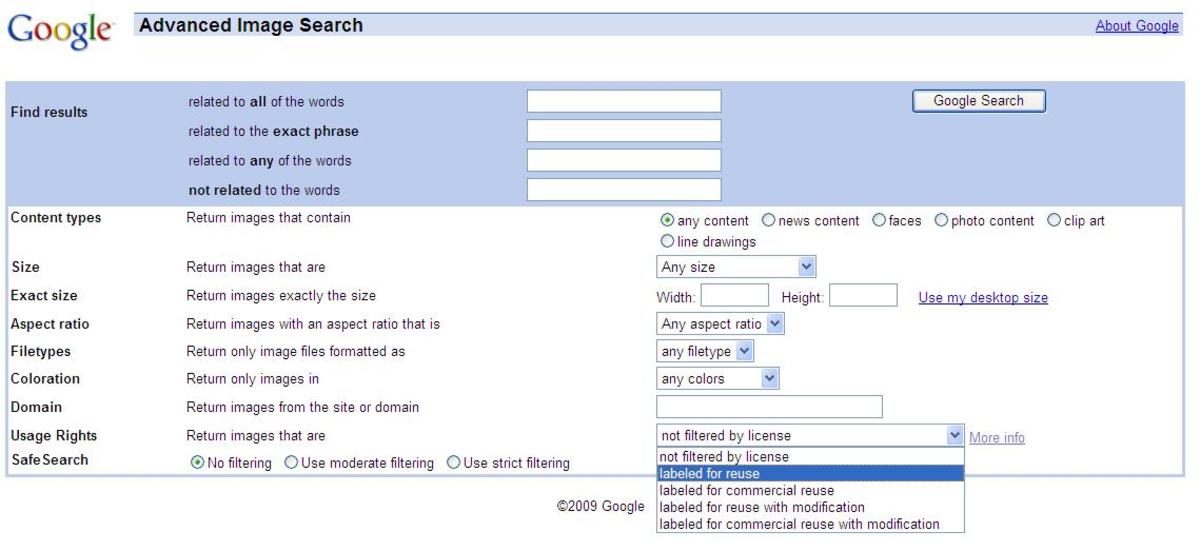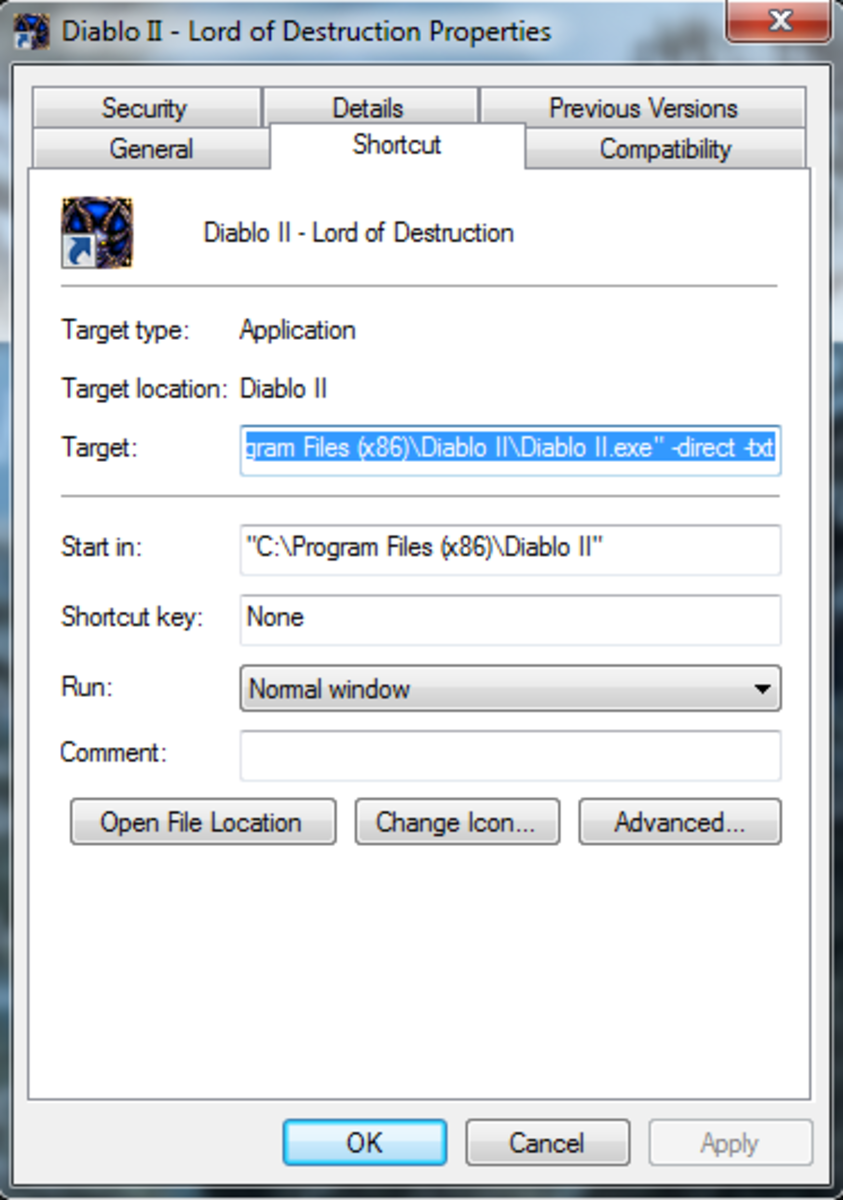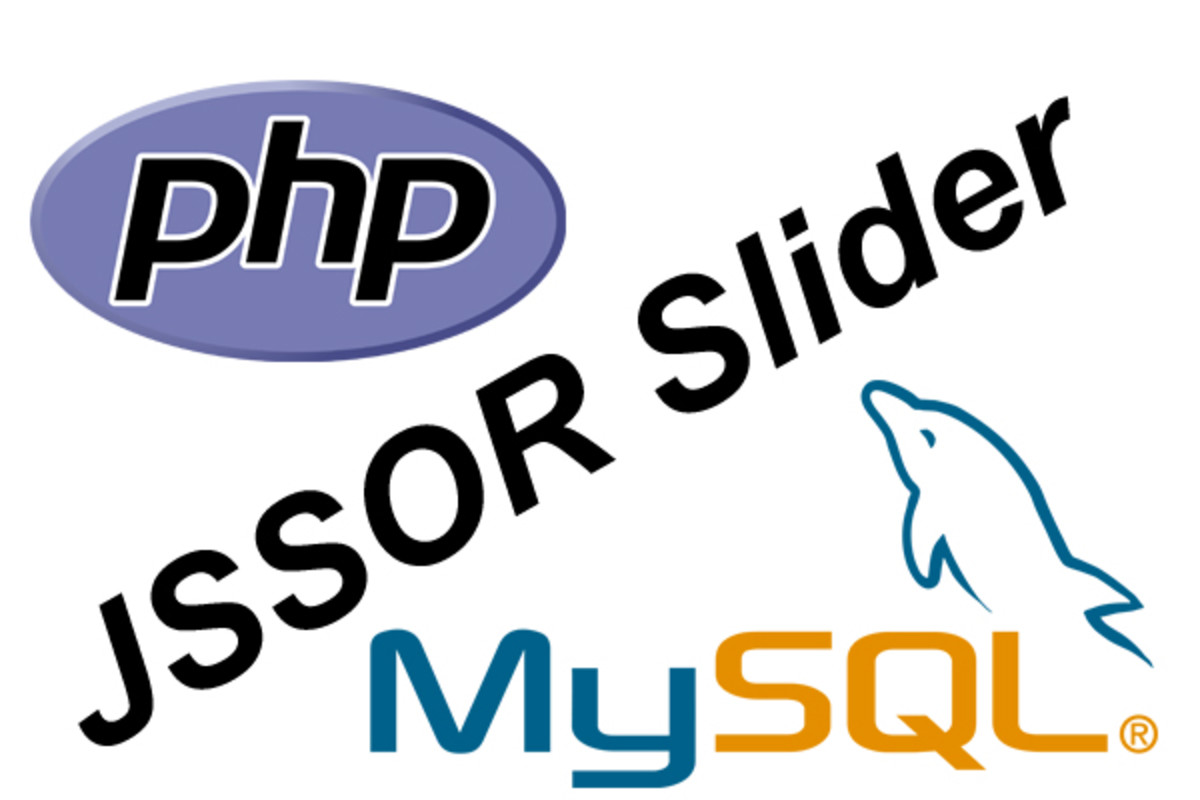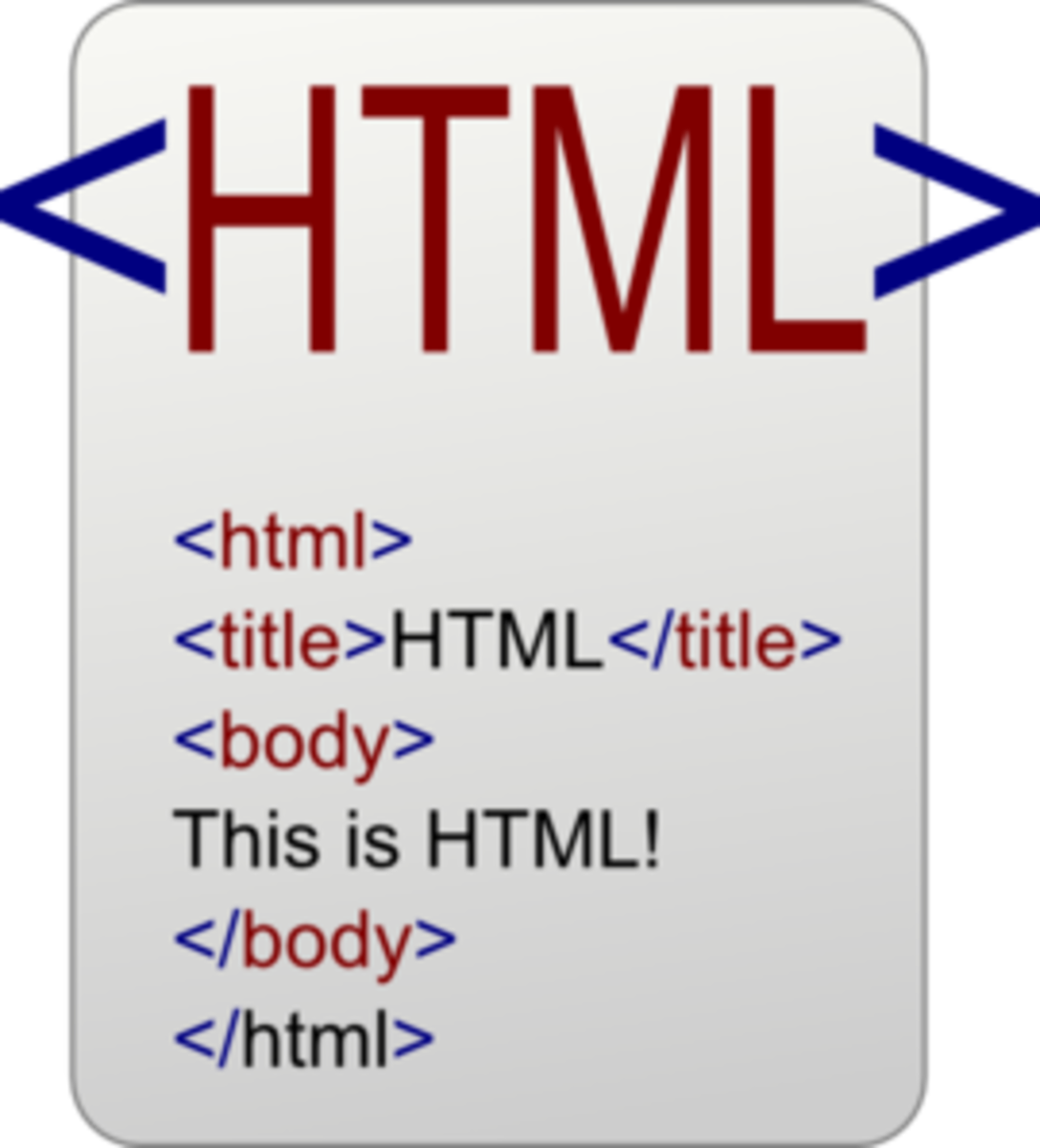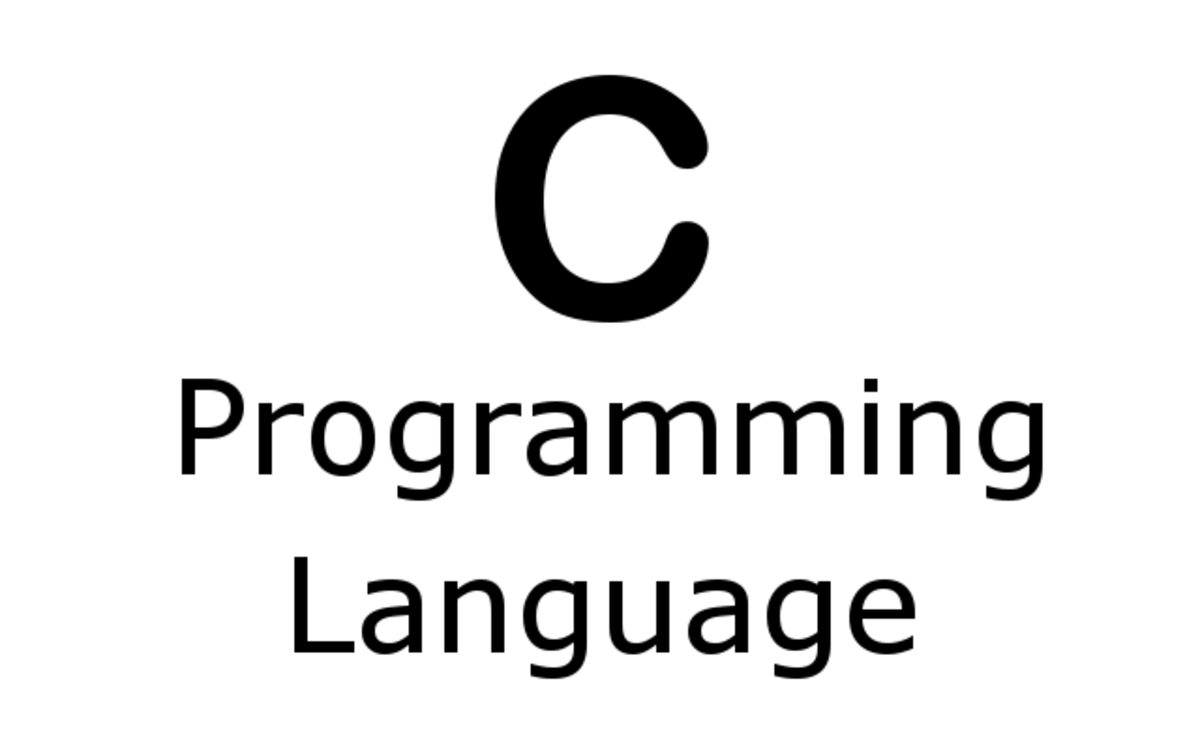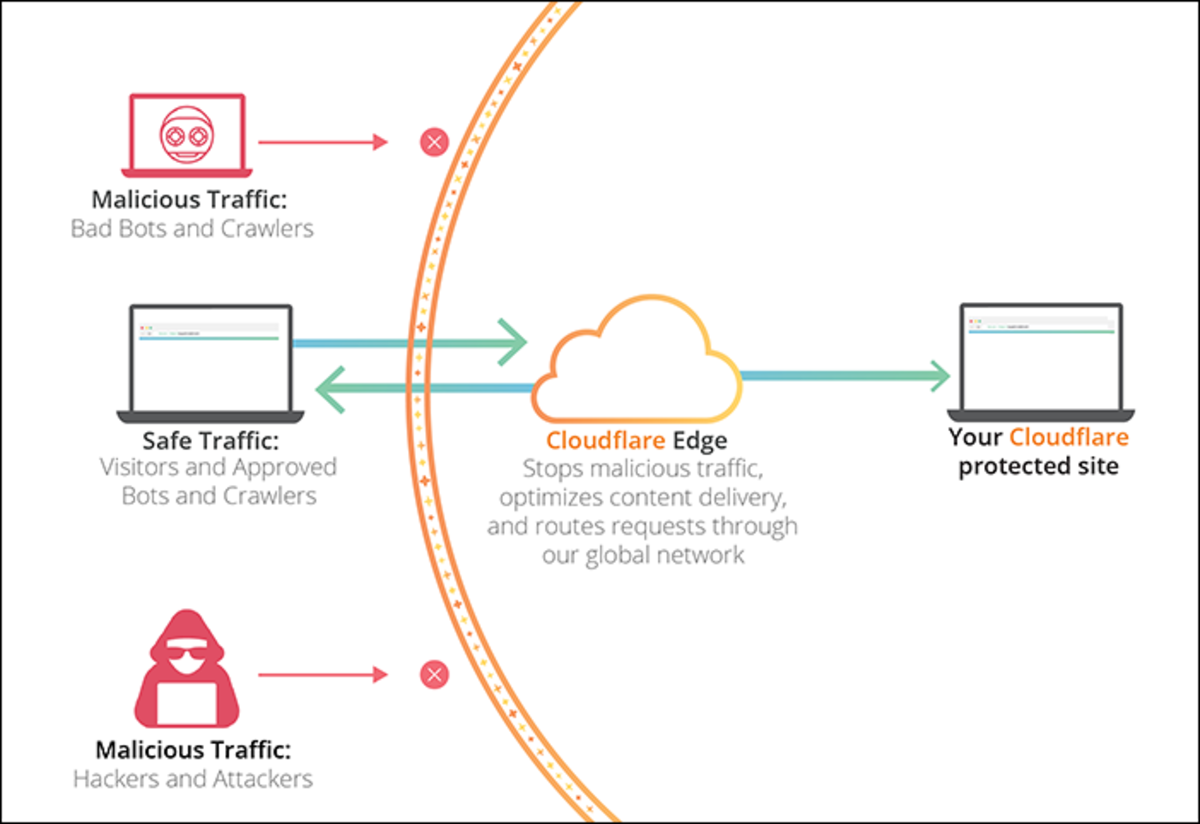How to Prevent Others from Stealing Your Web Site Content & Images
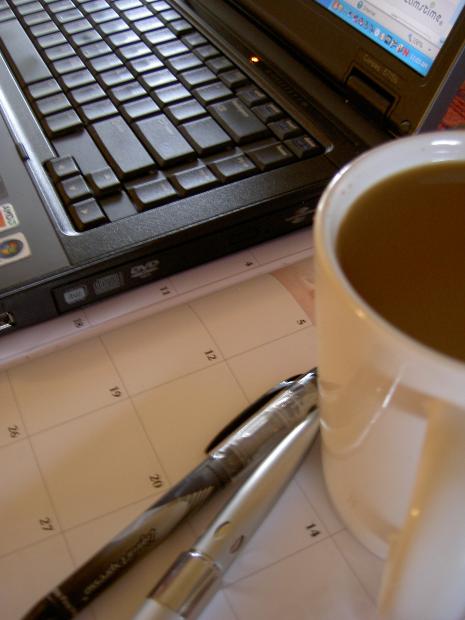
First: The Benefits of Using the Right Click
The real answer to the question of 'how to prevent people from stealing and copying your work' from your website is: 'there is no way.' All content can be lifted by anyone wanting to get it, by printing out their screen using a screen capture program and using the information anyway, by simply looking at the browser's history temp files, or even by using some clever keyboard shortcuts to disable your javascript no-right click function.
It is important to note, also, that looking at source code can be extremely beneficial to website designers. For example, you can often learn where the source came from for fun web scripts. Oftentimes java scripting code is done by a second party, and their information will be listed, along with copyright info, email address or website address, inside the code itself. That is why on html or java free-coding websites, there will be something like 'use the code as is' or there will be a website or email address or name inside the explanation tags. These tags are code that the computer overlooks when reading the website html, but is visible to those who read it.
For example:
<!-- Coder's notes, explanation, or comments here -->
For those coders who create the many different java functions as a business, then placing the following inside the code that can be read by anyone who right clicks the page, it puts instant 'advertising' in the source, along with the info of the person who created it.
For example:
// (C) 2011 www.yourwebsitesnameandaddress.com // Source: The person's name or the company's name // Info regarding the source, like how it can used, // and if the code may be changed
The right click function is also very important and used by website readers. For example, when I right click a webpage, I can create a shortcut easily or add the webpage to my favorites, convert the webpage to a pdf file, print the page, export to excel, or even view the page properties. All of these are useful and used for good purposes, and removing the right click entirely sometimes does more harm to your readers than good to you.
By now, you know all about the importance, and usefulness of the right click button. But, there may be times when that function will need to be turned off, or you just plain want it removed. You can make it a nuissance for others simply stealing your content, and perhaps make them move on to easier targets, with a few simple tricks and codes planted inside the html code on your website. These are only useful if you can actually change the html code on your website. If you do not have access to your code, then you won't be able to implement these changes. Here are some tips, and sources for web page security information.
Disabling Right Click Capabilities and Photo Protecting Ideas
For artists, or those with websites heavy with image graphics and photos, disabling the right click is one solution to protect photos. When someone tries to right click the image to save it on their hard drive, a message pops ups saying either that the function has been disabled or the images are all copyrighted to the owner and cannot be copyied. This will lead to complete right click disabilty though.
Another solution is creating a table with the image in the background and a transperent image place on top. In this case, when someone tries to right click to save an image, they will actually get the transparent image (clear one) and not the one in the table background. Slicing the image and placing them together side by side is another solution, where the entire image looks whole on the webpage, but when you right click to save, only a portion of the photo is captured, which is usually not discovered until the user tries to insert it in their page.
For those individuals that hotlink to your site (using your image on your server rather than stealing it thereby using your bandwidth) removing the image from your server and replacing it with another one sometimes helps. That way, there will be no image on their website. Or, placing text directly on the photo, like copyright info or contact name, such as 'photo copyright (c) 2011 your name' or 'image from www.yourwebsitename.com' so everyone can see where the photo came from, or who owns it, helps to deter since most people look for plain photos to copy for their sites. Watermarking the image is also another way to protect important photos, so if they right click to save, the watermark will still be there and cannot be removed.
Disabling Copy and Paste
For those with no or limited images, or content-rich sites, their main goal is to prevent others from simply copying and pasting, only to be lifted to be used in another website. This is a common form of plaguarism, where it is easy to lift a sentence, paragraph, or entire article and paste it into something else. Disabling a right click won't be of much use to them since they are looking for content, but preventing copy and paste will prevent access to that function. They will not be able to copy and paste text, or even highlight it in the browser.
To create this, place this inside the 'body' tag. The body tag is the main area where the webcontent will be. See below. This will only work with some browsers, but it generally will cut out the majority of people simply wanting to steal written works.
For example:
Source for Removing Copy and Paste Function
<html> <head> <body ondragstart="return false" onselectstart="return false"> </body> </head> </html>
Final Thoughts
People love their right click capabilities and copy & paste functions. Both have a lot of inherent good. Disabling the right click will sometimes lead others to either work extra hard to get to your photos, or make a person with honest intentions to quickly leave out of frustration. That goes the same with the copy and paste function. People who come to your site wanting to read it later or use the info for their personal use may find the copy and paste function highly useful. Use all the html and java code disable functions with discretion.
On the other hand, art work and content on the web is how many people make a living. Protect it.


